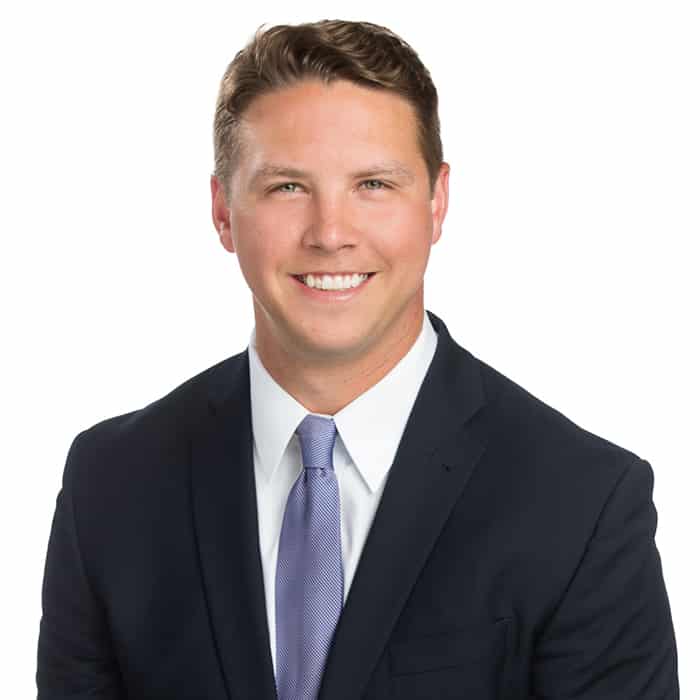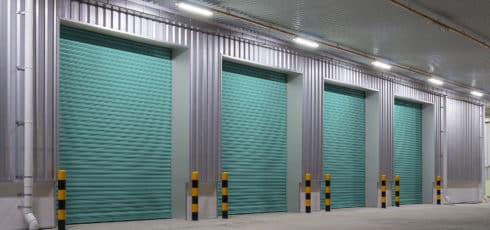Originally published November 2019, updated October 2022.
Austin, Texas is one of the most innovative cities in the United States. As a part of this, there are many startup companies looking for office space in and around the city. After helping dozens of startups find office space in Austin, Texas, we know it can be both an exciting and overwhelming process.
In order to help you begin the process, we’ve put together this list of the three most important things for you to consider before you begin your search for office space.
1. How Much Initial Office Space Does Your Company Need?
The first thing you need to consider when looking for space for your startup is how much space your company needs.
To do this, first, you must decide how dense you want your office to be or how many square feet you want per person.
Which of these options sounds like the best fit for your company?
- High Density (80 to 150 square feet per employee): Majority open seating with rows of small desks. May have a few private offices and huddle rooms. Often seen in companies that house many different teams within the same space, as well as for sales, technology, coworking, or customer support offices. These types of office layouts are less common post-COVID-19.
- Average Density (150 to 250 square feet per employee): Mix of open cube or desk space and private offices. Traditional office layout.
- Spacious (250 to 500 square feet per employee): The majority of the space consists of large private offices. Historically seen in professional services groups.
Once you decide the best density for your office, to estimate the total amount of space you will need, you’ll multiply your employee headcount by the number of square feet you want per employee.
One very important part of this process that startups in particular need to keep in mind is planning for future growth. You’ll need to take into account how quickly your company is growing, and plan not just for the amount of space you need today, but how much you’ll need throughout the life of your lease. It is important to also consider whether your landlord can help accommodate your growth needs either in the building or within their portfolio.
For startups, which typically have rapid growth projections, this usually means either securing extra space to grow into and negotiating for expansion rights in your lease or signing a shorter-term lease that will work for now with the intention to expand or move as you grow.
A qualified tenant representation broker can help you understand your growth needs and determine what makes the most sense for your company.
WANT TO CALCULATE HOW MUCH SPACE YOU NEED?
Use our Office Space Calculator. Our calculation is derived from a carefully designed formula that weighs the number of employees, the amount of space desired for each employee, and the use of common spaces.

2. How Long of an Office Lease Should You Sign?
Another important deal point for startups to consider is the right lease length. It is typical for a startup to be in a high growth phase and the ideal term length can be a difficult thing to navigate.
In Austin, the typical lease term is between three and 10 years. Because Austin is such a competitive market, it can be difficult to find direct space available for less than a three-year term, especially in the downtown area.
Typically for startups, it makes sense to sign a shorter-term lease – to allow for flexibility and avoid over-committing. Longer-term leases typically make sense for established, stable companies that have clearly defined growth projections and prefer to lock in their rate.
If you’re interested in a shorter lease term, these can sometimes be found when a space has been vacant for an extended period of time or if the space is a spec suite.
Another way to secure a shorter, more flexible lease can be by considering alternative options – either coworking space or a sublease.
Coworking gives you flexibility, usually with month-to-month agreements. This can help you have a reliable space until you figure out how much space you need in the growth phase. Coworking spaces are usually in Class A buildings and feature modern design and provide amenities like snacks and coffee and office equipment like phones, printers, and more.
AQUILA Pro Tip
A tenant rep broker can help you secure coworking space or evaluate other options, just the same way they do with traditional office space.
Subleasing can also be a good short-term option. This type of space is also usually offered at a lower rate than traditional leases, and often has terms between six and 36 months.
3. How Much Will It Cost Me to Lease Startup Office Space?
Finally, you’ll need to consider how much you can afford.
There are many factors that will go into calculating your cost, but first, you should learn how to calculate your total annual rent expense. To find this, multiply the full-service rental rate (the sum of the base rent and all operating expenses) by the rentable square footage of the space.
Total Annual Rent Cost = (Base Rent + Operating Expenses) x Square Feet
This is a good starting point but does not include all possible factors that can influence your rental rate such as:
- Free rent (for a specified number of months at the start of the lease)
- TI Allowances
- Parking Rates
How Class of Building Affects Rental Rates
Your rental rate will depend on the class of building that you are interested in.
The different classifications for buildings are Class A, Class B, and Class C. Each type has different ages, amenities, and locations. Class A buildings are the newest properties in prime locations and feature the best (and most) amenities, while Class C are typically older buildings in less desirable locations with little to no amenities. Accordingly, Class A office buildings are typically the most expensive, and Class C office is the most affordable. The class of building you choose to office in will vary based on your needs and your budget.
If you are a startup that is concerned with how your office space will impact recruiting, you may want to focus on either Class A space or coworking. These spaces will have premier finishes and amenities that traditionally help attract and retain talent.
To learn more about the all-in costs of leasing new office space, read our article What Are the All-In Costs of Relocating My Office?
How Location Affects Rental Rates
The rental rates also vary greatly depending on the Austin submarket they are located in.
The three major submarkets in Austin are the Central Business District, Northwest Austin, and Southwest Austin. The CBD is typically the most expensive. Northwest and Southwest Austin (suburban markets) are typically in a similar range and slightly less expensive than the CBD, with the exception of the Domain, where rates typically fall somewhere between the suburban markets and the CBD.
To see current asking rates for these markets read our article How Much Does It Cost to Lease Office Space in Austin, Texas? (Rental Rates, Pricing).
Conclusion
Hopefully, these common questions and answers will help you in your office search. If your startup is beginning its search for office space, read our Ultimate Guide to Finding Office Space to learn even more about the process.














